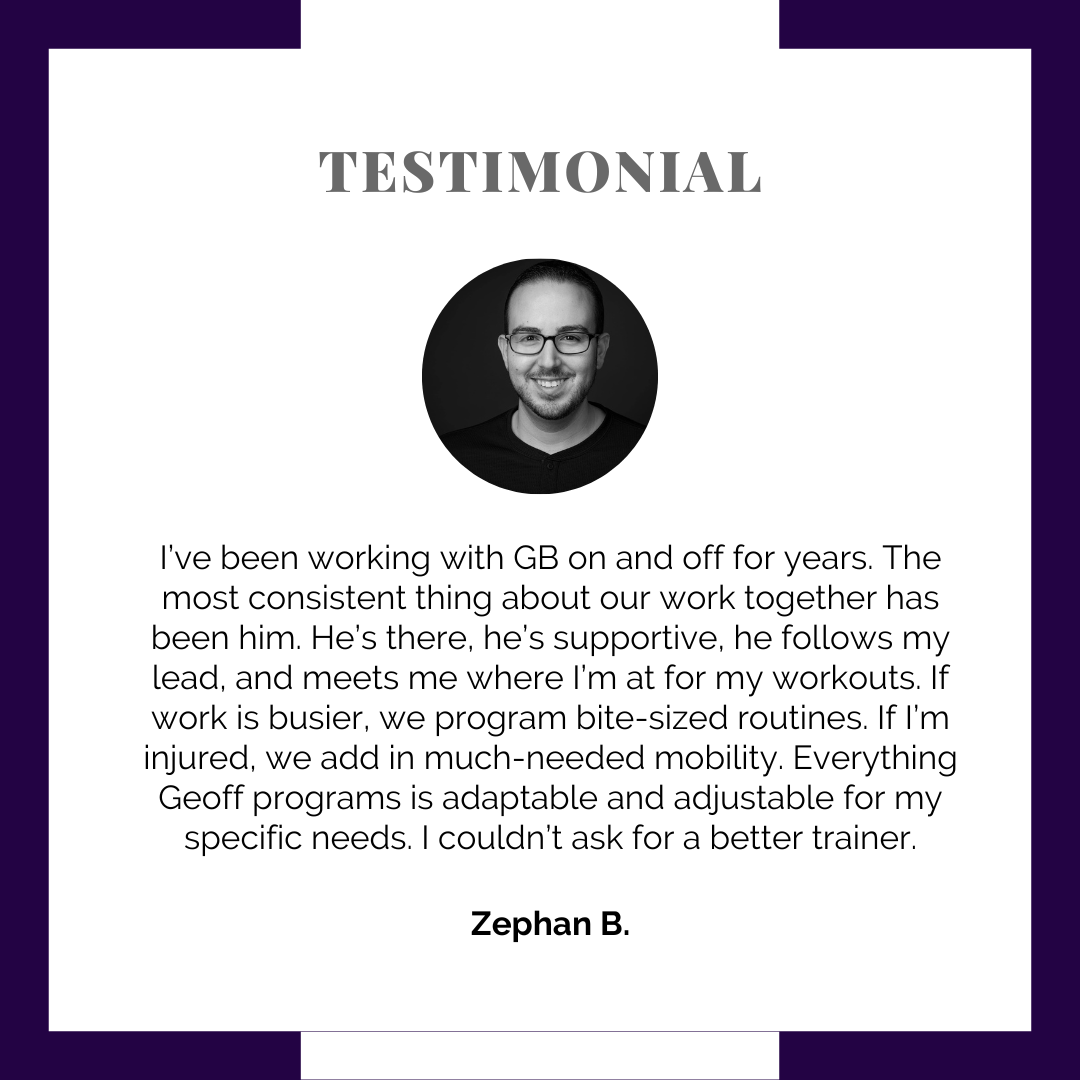About Coach GB
- Your Bespoke Coach
Photo by Mark Tablang in Iao Valley, Maui
I'm Coach GB, founder of Bespoke Coach—personal training for people with extraordinary lives.
For 20 years, I've helped individuals and families build bodies that match their ambitions. Not through trendy workouts or quick fixes, but through an approach that addresses how you move, how you recover, and how you think.
My clients include executives, founders, and multi-generational families who want their health managed with the same intention as everything else in their lives. I've designed home gyms in 9-bedroom estates, trained power couples at Le Meridien in Manhattan, and worked with three generations of the same family simultaneously.
I call this investing in the Bank of Longevity—because your body is either compounding or decaying. I help you make consistent deposits.
My toolkit is deep: strength training, kettlebells, nervous system work, breathwork, EFT tapping, and two decades of pattern recognition. But the method always fits the person, not the other way around.
I meet you wherever you are—your home, your office, your estate, or via Zoom. The training adapts to your life.
This is concierge-level coaching for people who understand that health is the asset that funds everything else.WHAT CLIENTS SAY
HOW I WORK
I take a limited number of clients each year. Most work with me through a hybrid model—a combination of in-person sessions and remote programming—so your training continues whether you're home, traveling, or between homes. For the right fit, I also offer full concierge partnerships: annual retainers that include unlimited access, travel, and coordination with your broader wellness team.






















